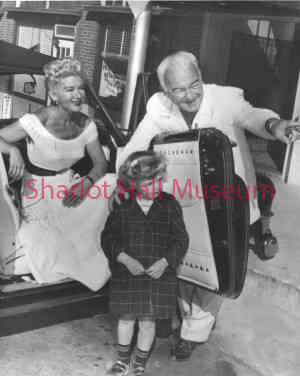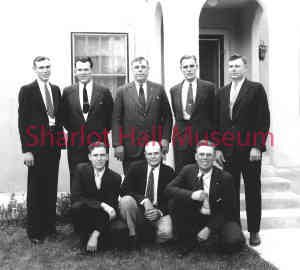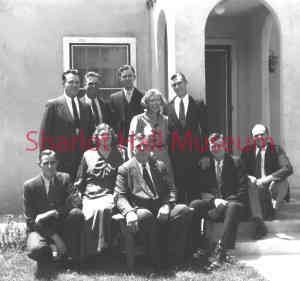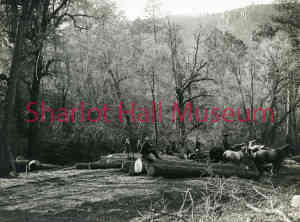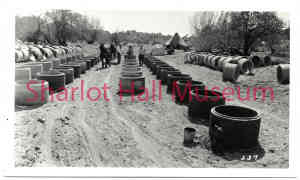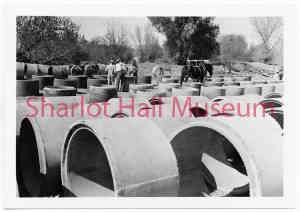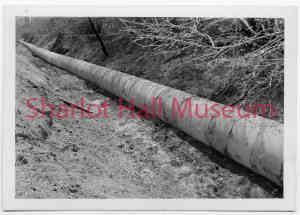1700-0648-0000
John Townsend
Portraits
1700-0822-0001
<p>Mary Lou Wagner with Hopalong Cassidy</p>
Portraits
1700-0822-0002
<p>Mary Lou Wagner with Hopalong Cassidy</p>
Portraits
1700-0834-0001
The Johnson Family
Portraits
1700-0834-0002
The Johnson Family
Portraits
1700-0834-0003
The Johnson Family
Portraits
1700-0807-0001
<p>Maud Thompson</p>
Portraits
1005-0004-0000
<p>Government Logging Camp</p>
Agriculture
1005-0002-0001
<p>Chino Valley Irrigation</p>
Agriculture
1005-0002-0002
<p>Chino Valley Irrigation</p>
Agriculture
1005-0002-0003
<p>Chino Valley Irrigation</p>
Agriculture
1005-0002-0004
<p>Chino Valley Irrigation</p>
Agriculture


